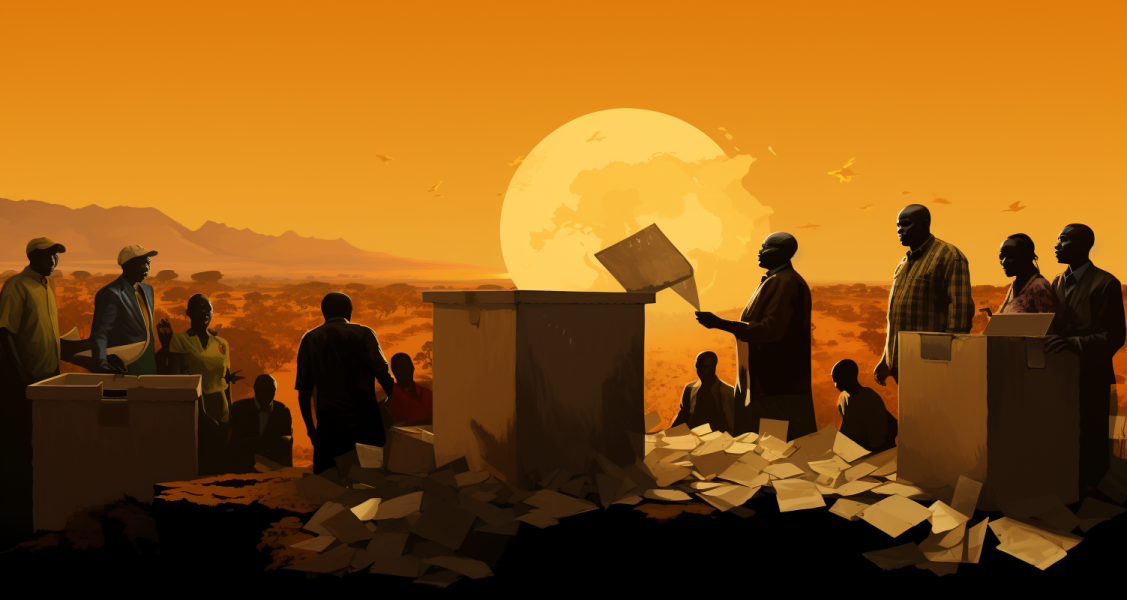Democracy, often hailed as the “rule of the people,” manifests in various forms across the globe. While the essence of democracy remains consistent—giving power to the people—its execution varies from one nation to another. This article delves into the diverse electoral systems worldwide, comparing and contrasting the democratic processes that define nations.
The Essence of Democracy
At its core, democracy is about representation. Citizens have the right to choose their leaders and influence governance. However, the method of selection, the nature of representation, and the intricacies of the electoral process can differ significantly.
Presidential vs. Parliamentary Systems
- Presidential System (e.g., USA): Citizens directly elect the head of state (president). The president holds executive powers separate from the legislature.
- Parliamentary System (e.g., UK): The public elects members of the legislature. The head of state (often a monarch) is separate from the head of government (prime minister), who is typically the leader of the majority party in the legislature.
First-Past-The-Post vs. Proportional Representation
- First-Past-The-Post (e.g., India): Candidates compete for individual constituencies. The candidate with the most votes in a constituency wins, even if they don’t secure a majority.
- Proportional Representation (e.g., Germany): Parties gain seats in proportion to the number of votes cast for them. This system aims to ensure minority representation.
Direct vs. Indirect Elections
- Direct Elections: Citizens directly vote for their preferred candidate or party.
- Indirect Elections (e.g., USA’s Electoral College): Citizens vote for representatives who then vote on their behalf for a particular candidate.
Compulsory vs. Voluntary Voting
- Compulsory Voting (e.g., Australia): Citizens are legally required to vote, often with penalties for non-compliance.
- Voluntary Voting (e.g., USA): Voting is a right, but citizens aren’t legally obligated to exercise it.
Electronic vs. Paper Balloting
- Electronic Voting (e.g., Brazil): Voting is done electronically, with results tabulated digitally.
- Paper Balloting (e.g., Canada): Traditional method where citizens mark their choice on paper, which is then manually counted.
Challenges in Global Electoral Systems
- Voter Suppression: Deliberate strategies to influence the outcome of an election by discouraging specific groups from voting.
- Misinformation: The spread of false information to manipulate public opinion.
- Campaign Financing: The influence of money in politics, leading to potential conflicts of interest.
The Future of Elections: Innovations and Reforms
- Online Voting: Leveraging technology to facilitate remote voting.
- Voter Education: Ensuring citizens are well-informed about their rights and the electoral process.
- Transparency Measures: Implementing checks and balances to ensure free and fair elections.
Elections, the cornerstone of democratic societies, reflect the cultural, historical, and societal nuances of nations. While methods may vary, the underlying principle remains the same: empowering citizens to shape their destiny. As the world evolves, so too will the processes that define our democracies, with the hope of creating more inclusive, transparent, and representative systems.







